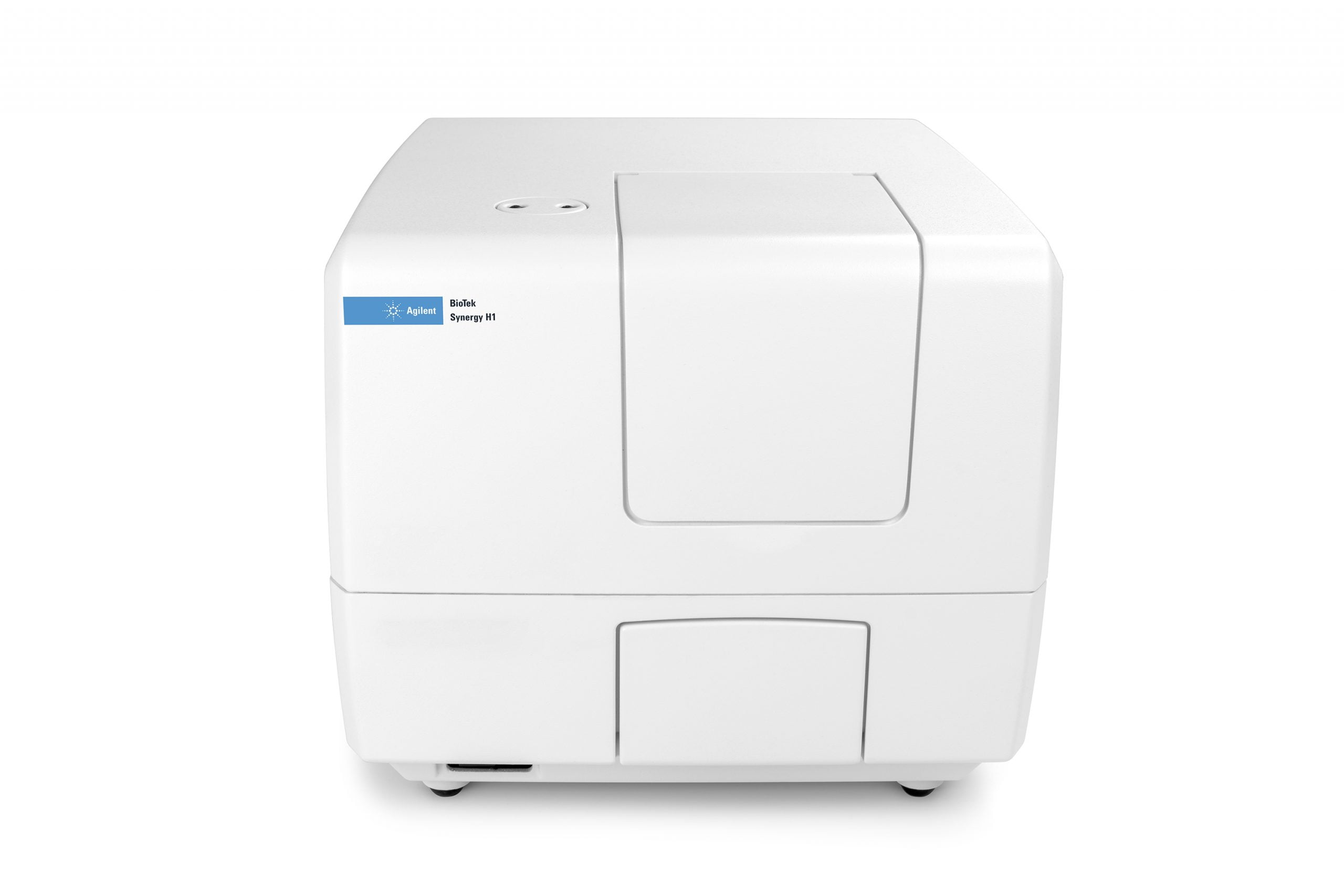BioTek Synergy H1
Information
Synergy™ H 1 is a configurable multi-mode microplate reader. You can choose monochromator-base optics for flexibility, filter-based optics for sensitivity, or both… Agilent’s patent Hybrid Technology™ offers high-performance and applications versatility in a modular platform to expand as your laboratory’s needs change. Top and bottom fluorescence intensity, UV-visible absorbance and luminescence detection are available to meet many life science research requirements.
- Cost-effective hybrid offering excellent sensitivity, flexibility and value
- Modular and upgradable: choose the modes you need now, add as needs change
- Patented Hybrid Technology: sensitivity of filters and flexibility of monochromators
- Low volume (2 µL) dsDNA quantification with Take3 Micro-Volume Plates
- Live cell assay friendly with temperature control and CO2/O2 control
“At the end of last year we purchased four Synergy H1 readers in order to get a maximum of uniformity within the devices.
As a result, when running projects we have multiple options. ”Patrick Janssen, Scientist Fermentation at NIZO
Brochures
Application notes
Please login to be able to see the application notes.
